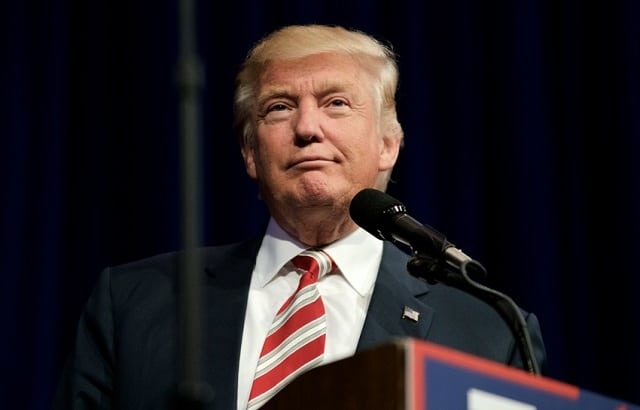Almost immediately after Trump’s shock election on 8 November 2016, investors across the globe started pouring money into US equities, lured by Trump’s promises of aggressive tax cuts, massive infrastructure spending and his ‘America first’ pledge.
This investor bullishness triggered the (in)famous Trump Trade. US investors added a net $51.4bn to their equity holdings in the space of just two months, with their European peers playing their part too by adding a net €9bn, according to Morningstar data. It sent the S&P 500 soaring to a record high, as investors were anticipating higher company earnings in the future as a direct result of Trump’s alleged policies.
However, these initial strong flows into US equities have not been matched since. European investors started to pull out of the asset class first: since February, they have made total net redemptions to the tune of €9.5bn, all but wiping out the effect of the post-election inflows.
US investors go global
It took US investors a little longer to realise most of Trump’s initial policy agenda wasn’t going to materialise. But since May, they started to deploy money elsewhere.
Thanks to net inflows of $82.3bn during the first four months of Trump’s presidency, total post-election inflows are still net positive, but US investors have made net redemptions from US equity funds (including ETFs) each month since May.

Instead, they have ventured into previously less-loved asset classes such as global (ex-US) equities. International equities, as the US category is called by Morningstar, saw net outflows during the first month of Trump’s presidency, as investors preferred domestic US equities, but has since attracted more than $191bn in net inflows.
These inflows, which peaked over the summer months, arguably have little to do with Mr Trump, and all the more with the resurgent world economy which has been driving global equities higher.
The S&P 500 has added more than 20% since Trump’s election, performing in line with most other equity markets. And, like he does, president Trump keeps claiming credit for it through his many tweets.
While Trump clearly was a factor in the initial stock market rally following his election, it’s doubtful he has had any part in the more recent price gains in equity markets. Instead, these have been fuelled by a strengthening global recovery, solid company earnings and a decrease in perceived political risk in the eurozone.
The EM rally
The asset classes that suffered most in response to Trump’s election (emerging market equities and debt), both in terms of flows and returns, have bounced back this year, and attracted high inflows: year-to-date, European investors have added a net €54bn to their emerging market debt holdings, and €19bn to their EM equity allocations.
US investors have also started to allocate money to emerging markets, while reducing their US equity holdings. This suggests the Trump trade, which favoured US equities at the expense of other asset classes, has disappeared, making way for a more broad-based rally based on economic fundamentals.
The key message to take away from this “is to sidestep the political noise and focus on investment fundamentals. This doesn’t mean ignoring topics as far-reaching as tax reform and sanctions, but it does mean focusing intently on corporate fundamentals and how much is priced into markets”, said Dan Kemp, chief investment officer for EMEA at Morningstar.
With the Trump noise suppressed, investors, not least in the US itself, have woken up to the fact that investment opportunities outside an expensively valued US market look more attractive on many, if not all accounts.










